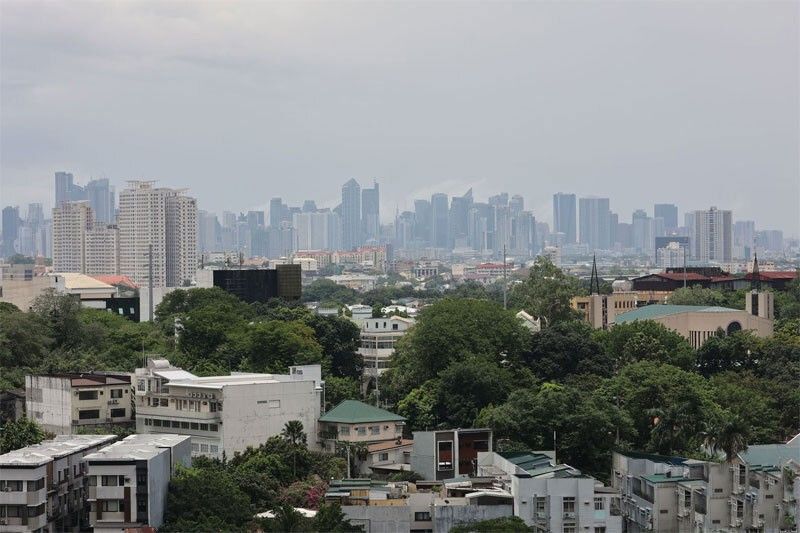AMRO trims Philippines growth target, eyes rebound in 2024

MANILA, Philippines — The Association of Southeast Asian Nations Plus 3 (ASEAN+3) Macroeconomic Research Office (AMRO) has trimmed its 2023 growth forecast for the Philippines, but expects the economy to expand at a faster pace in 2024 as external demand improves.
In its Annual Consultation Report on the Philippines released yesterday, AMRO said it is forecasting the Philippines’ economic growth to moderate to 5.6 percent this year from 7.6 percent in 2022.
The revised growth forecast is below the six to seven percent growth goal set by the government for this year.
Last October, AMRO said it expects the Philippine economy to post a 5.9-percent growth this year.
Back in July, AMRO projected a 6.2-percent growth for the Philippines for this year.
“The projected moderation in 2023 is due to high base effects and weaker external demand,” AMRO said.
In the first three quarters, the economy grew by 5.5 percent, supported by domestic demand.
For next year, AMRO expects the Philippine economy to strengthen and post a higher growth rate of 6.3 percent based on an expected recovery in external demand.
“Domestic demand is anticipated to remain robust, supported by continued improvement in labor market conditions, lower inflation, robust overseas remittances, and higher government infrastructure spending,” AMRO said.
In addition, it said the external services sector, particularly tourism, which will benefit from the ongoing marketing campaign and China’s reopening, along with merchandise exports, which will rebound from 2024 onwards, would boost the economy.
Among the risks to the Philippines’ growth in the short term cited by AMRO is high inflation.
AMRO expects the headline inflation rate to rise to six percent this year from 5.8 percent last year.
For 2024, AMRO expects the inflation rate to ease to 3.6 percent and return to the Bangko Sentral ng Pilipinas’ two to four percent target.
Inflation decelerated to 4.9 percent in October from 6.1 percent in September, as food prices registered slower increases.
From January to October, inflation averaged by 6.4 percent.
A slowdown in major trading partners, volatility in the global financial markets along with tighter financial conditions were also cited as short-term risks to the country’s growth.
“Over the medium to long term, the country’s growth potential faces several challenges, including the scarring effects of the pandemic, a slower pace of infrastructure development, heightened geopolitical risks, and economic losses from extreme weather events,” AMRO said.
AMRO recommends continued efforts by the government to address high inflation.
Over the long term, AMRO said adoption of a comprehensive strategy could support the country’s economic growth.
To overcome the scarring effects of the pandemic and help the workforce meet the demands of a technology-driven economy, it said upgrading and upskilling would be necessary.
AMRO said the implementation of policies and measures to attract investments and promote exports of both goods and services would also support long-term economic development.
“Infrastructure investment, digitalization, and development of a green economy can help strengthen the country’s competitiveness,” AMRO said.
In a separate report, the Philippine economy is poised for robust growth in the fourth quarter, projecting a full-year 2023 growth of 5.8 percent due to a surge in consumer spending and the sustained strength of infrastructure investments, according to First Metro Investment Corp. (FMIC) and University of Asia and the Pacific (UA&P) Capital Markets Research.
“The growth momentum should continue in the fourth quarter, and so we think full-year increase will remain respectable at 5.8 percent as infrastructure spending has gained traction, while consumer spending should improve with southbound inflation rate,” FMIC and UA&P said in its Market Call report for November released yesterday.
This forecast is unchanged from what FMIC and UA&P provided in their report released last month when the data on the third quarter economic performance was not yet available.
Earlier this month, the Philippine Statistics Authority reported that the economy expanded by 5.9 percent in the third quarter, faster than the 4.3 percent growth in the second quarter driven by increased government spending. This brought growth in the January to September period to 5.5 percent.
As the government has set a six to seven percent growth goal for the year, National Economic and Development Authority Secretary Arsenio Balisacan said earlier the economy would need to expand by 7.2 percent in the fourth quarter to meet the low-end of the target.
- Latest
- Trending
























